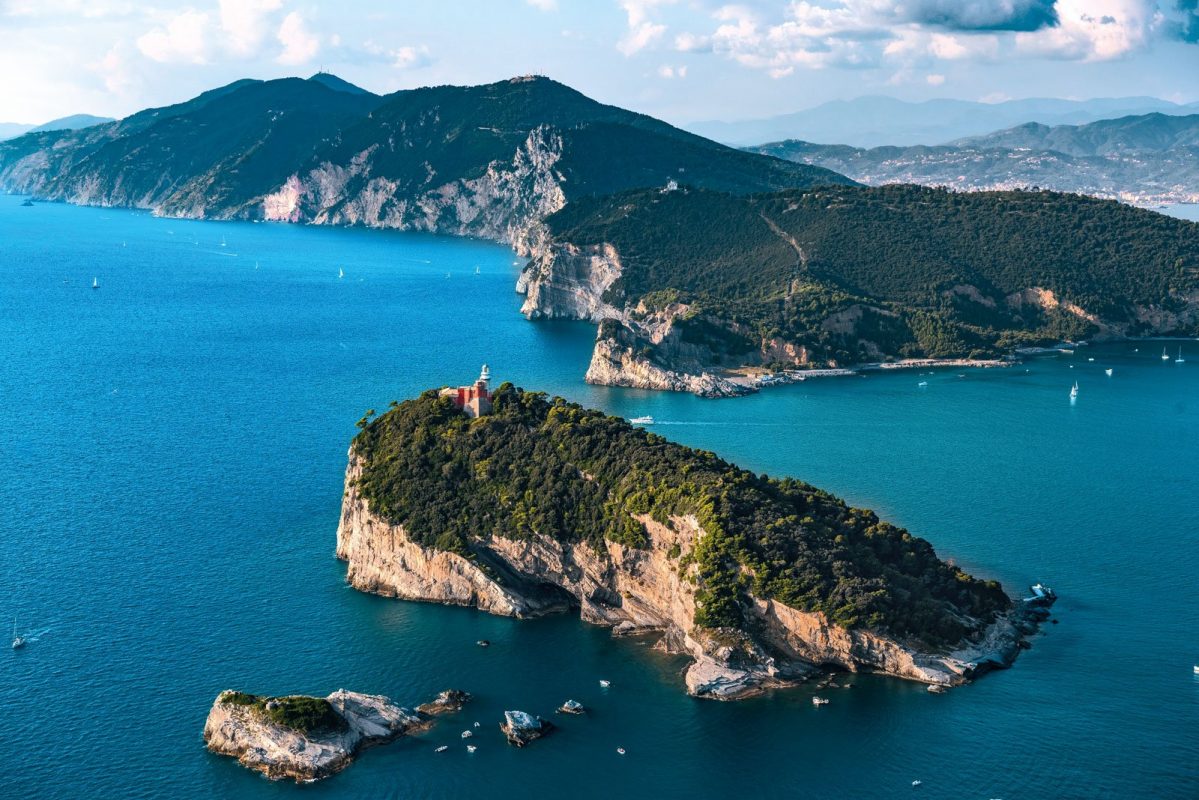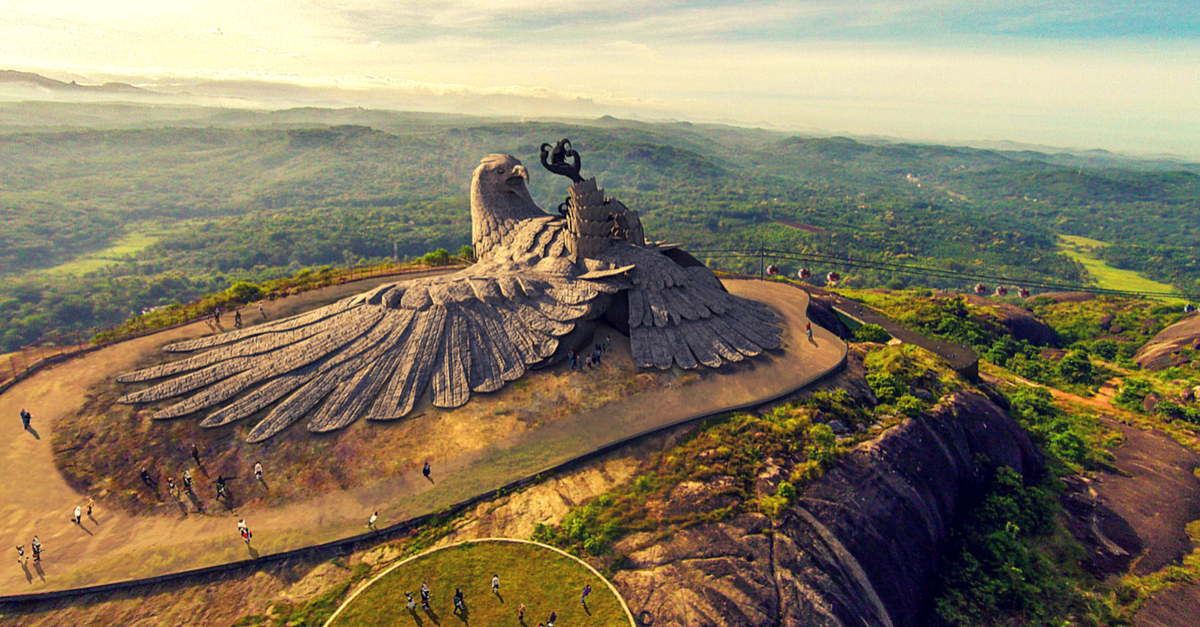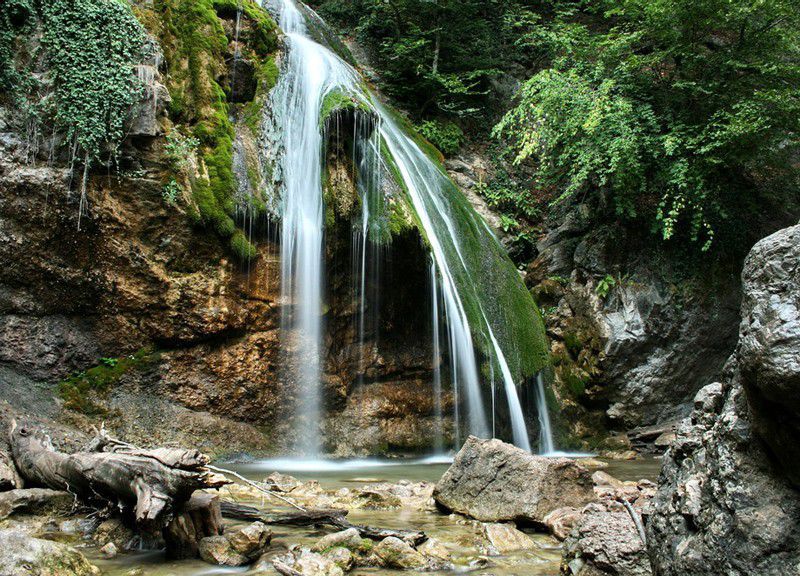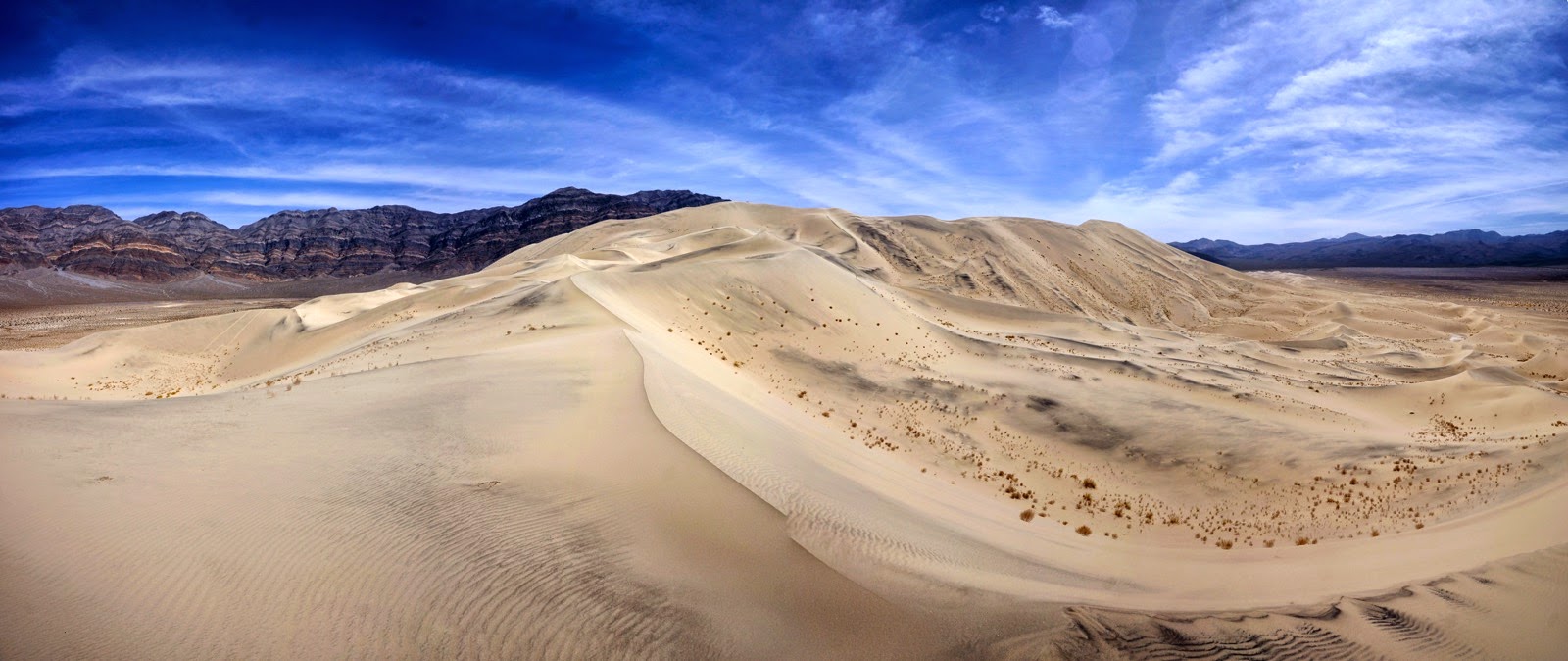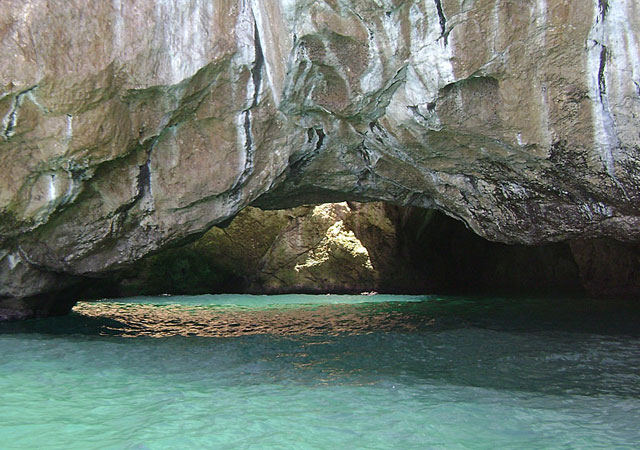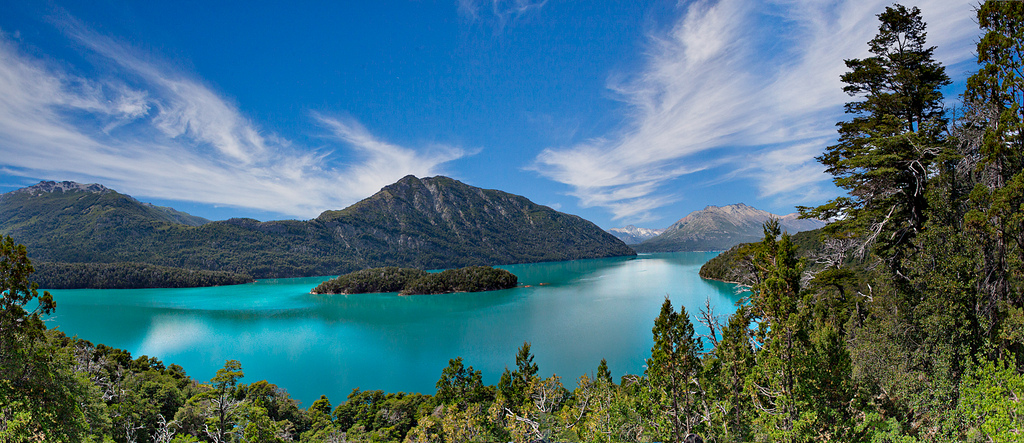The island Palmària, is located in the Ligurian Sea, at the western end of the Gulf of La Spezia; with its area of 1.89 square kilometers is in fact the largest island of the Archipelago Spezzino and all five Ligurian islands.
Situated in front of the village of Porto Venere, from which it is separated by a narrow arm of sea called Le Bocche, it is part of an archipelago also made up of the islands of Tino and Tinetto. Its territory is part of the municipality of Porto Venere.
Since 1997 Palmaria Island, together with the other islands of Tino and Tinetto, Porto Venere and Cinque Terre, has been included among the UNESCO World Heritage Sites. The Tino, where there are interesting remains dating back to the eleventh century and the church dedicated to the cult of St. Venerio, is a Military Zone and access to it is allowed only during the holidays in honor of the saint (September 13). There are the ruins of the ancient Abbey dedicated to the saint, built in the 11th century as a transformation of the chapel built in the 7th century in the place where Venerio’s body was found, born at Palmaria and died in a hermitage at Tino.
The islet of Tinetto, bare of vegetation, preserves ancient evidence of the presence of religious communities in this area, consisting of the presence of the ruins of two distinct organisms: in the western part of the island there was a small oratory of the sixth century with an apse oriented to the east from which stood a more complex building. The latter, with a church with two naves and cells for the monks, has different construction phases that followed one another until the 11th century, when it was destroyed by the Saracens. It is also considered interesting to note the presence on the islet of an endemic reptile, the pordacis muralis tinettoi, a very rare species of lizard.
Of the three islands of the Archipelago, Palmaria is the most popular and well known, especially among the La Spezia area, as far as seaside tourism is concerned: every year its beaches see thousands of bathers who choose it for the clarity of the waters that lap the coasts.
